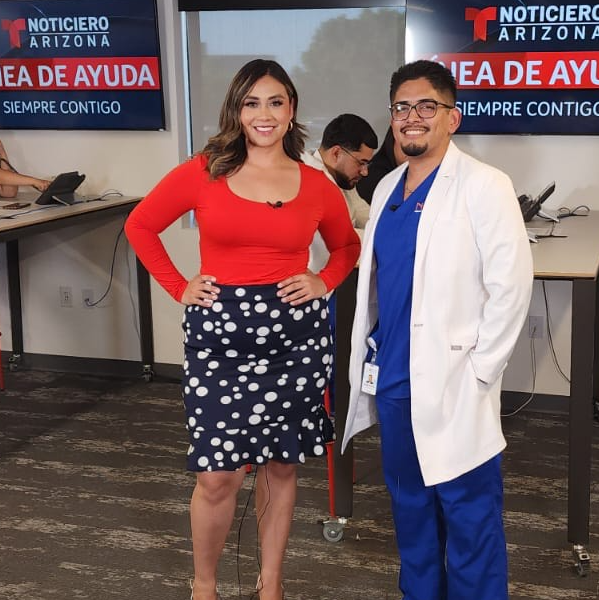By Cristy Vaughn, BS | Behavioral Health Program Manager
As we wrap up Native American Heritage Month, let’s reflect on a few of the contributions Native American’s have made to modern medicine. Native Americans have been using traditional healing practices, or ways of healing for centuries. Tribe members have helped contribute to innovations in Western health and medicine for thousands of years.
Tribe members’ research in prevention and treatment of infectious diseases lead to the discovery of Pedialyte, a popular treatment for dehydration, especially among children. Furthermore, the concept that led to the development of vaccines, traces back to tribes ingesting small amounts of substances to protect their bodies from the harmful effects of the same substance in larger quantities. Native Americans also were known to chew on willow bark to soothe aches and pains. The active ingredient in the bark is salicin, a chemical that in 1897 formed the basis of the discovery of aspirin, the most commonly used drug in the world. The use of salicin also lead to the use of salicylic acid, the active ingredient in many over-the-counter acne treatments and dandruff-fighting shampoos. Most recently, the development of the three U.S. COVID-19 vaccinations were made possible with participation from indigenous communities in clinical trials.
Unfortunately, modern medicine has not always given Native Americans credit for their contributions. As a result, the National Institute of Health established the Tribal Health Research Office in 2015 to ensure the protection of intellectual property for the current 574 Federally Recognized American Indian and Alaska Native Tribes throughout the U.S. Arizona is home to 17 of these tribes and five more that span into multiple states outside of Arizona.
In fact, all current NOAH locations are within the ancestral homelands of the Akimel O’odham (Pima) tribe. Meaning “River People” they lived north of and along the Gila, the Salt, and the Santa Cruz rivers – covering what is today much of the Phoenix metro area. The new Cholla Health Center is less than half a mile west of the current-day, federally recognized tribe of Salt River Pima-Maricopa Indian Community. This Community includes two distinct tribes: the Onk Akimel O’odham (Pima) meaning “Salt River People” and the Xalychidom Piipaash (Maricopa) meaning “people who live toward the water.” The Gila River Indian Community, located south of Phoenix in the northwestern part of Pinal County, is also home for members of both the Akimel O’odham (Pima) and the Pee-Posh (Maricopa) tribes.
The history of Arizona, and the rest of the United States, is steeped in the Native experience and culture. As technology moves ever forward, it is crucial to acknowledge and recognize the history behind the practices and innovations used every day in medicine and public health.









